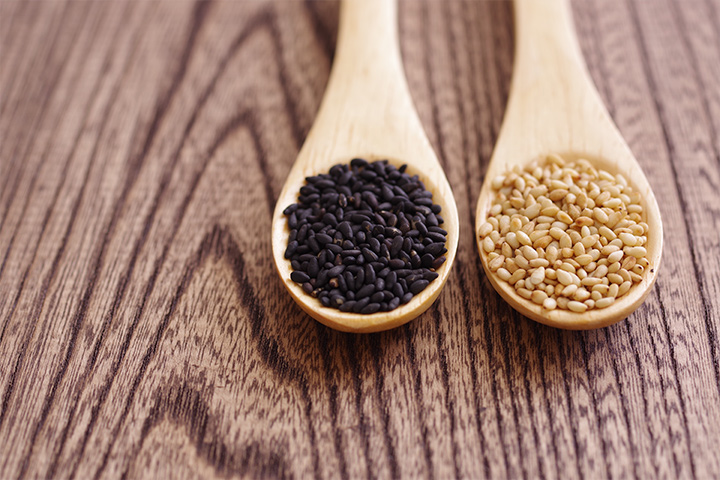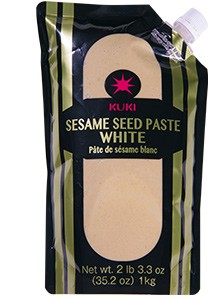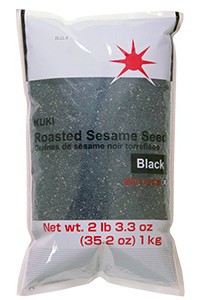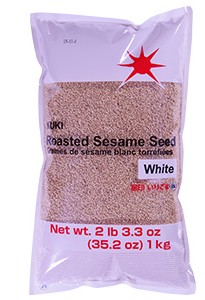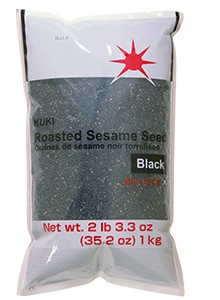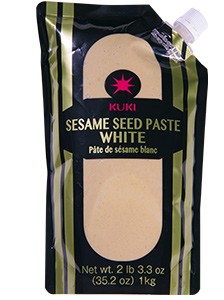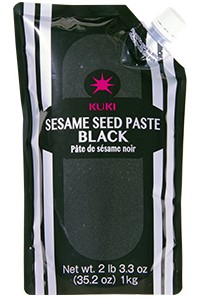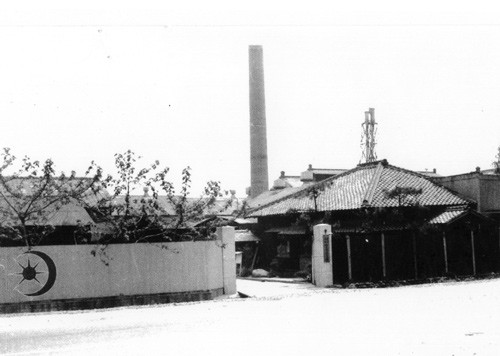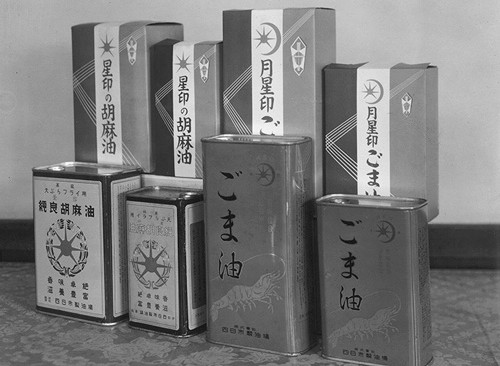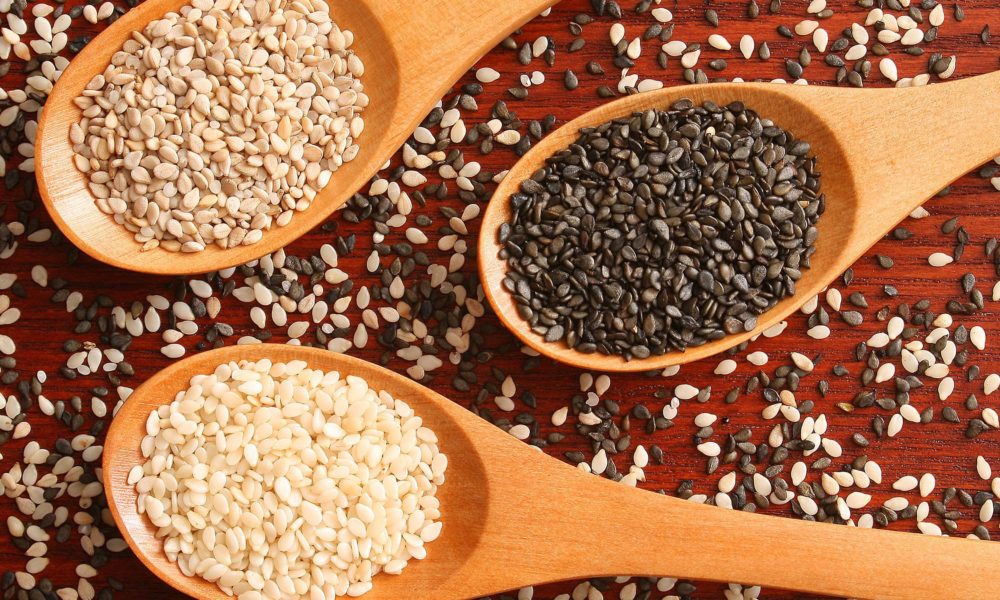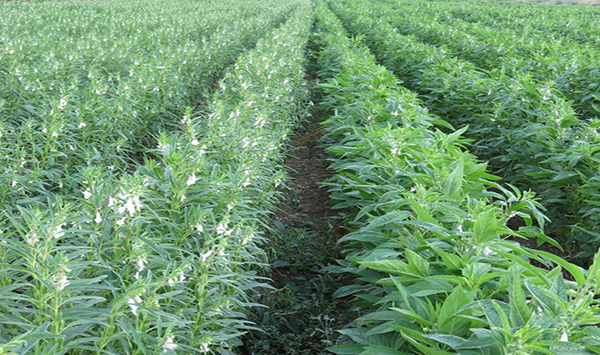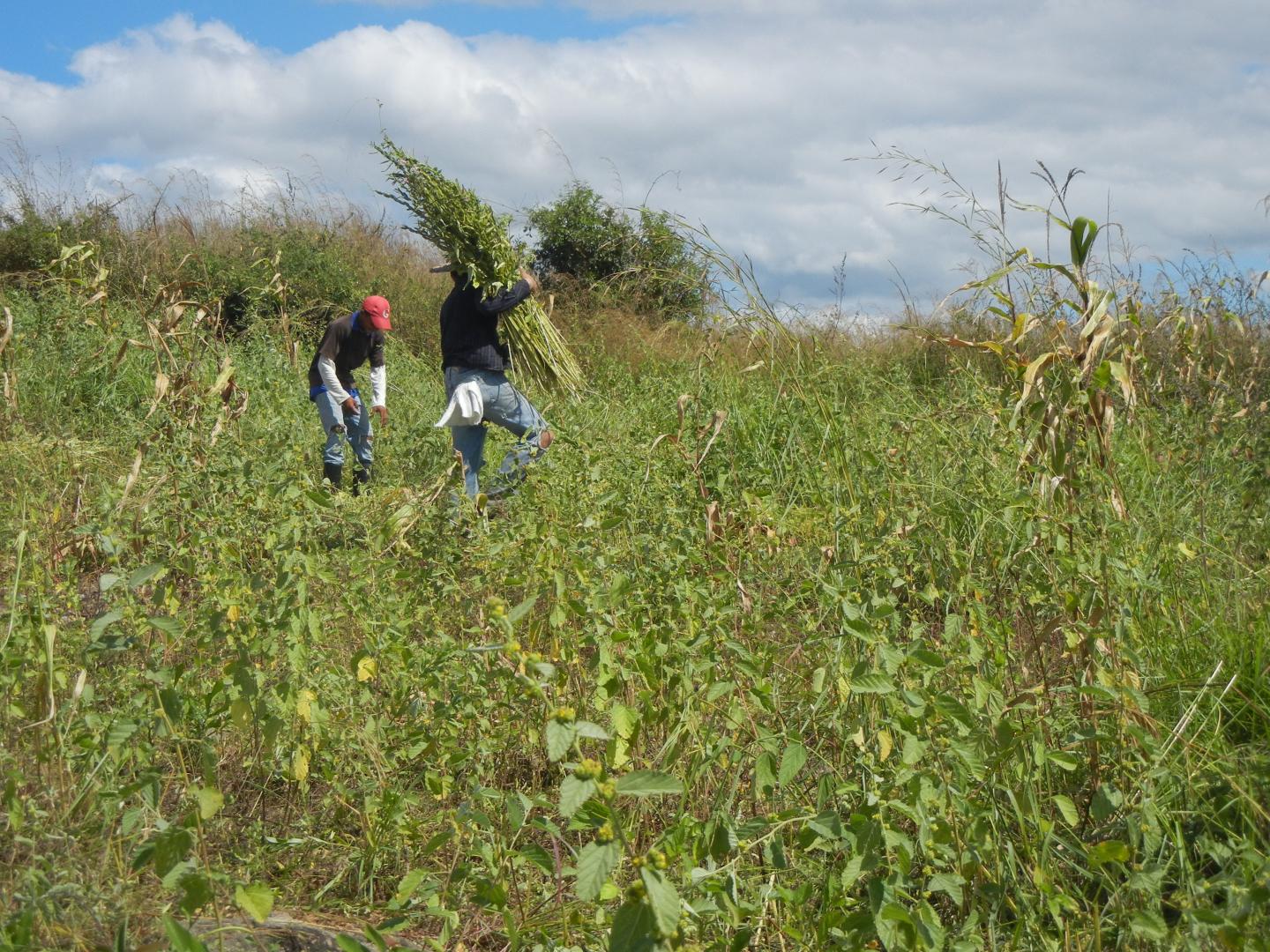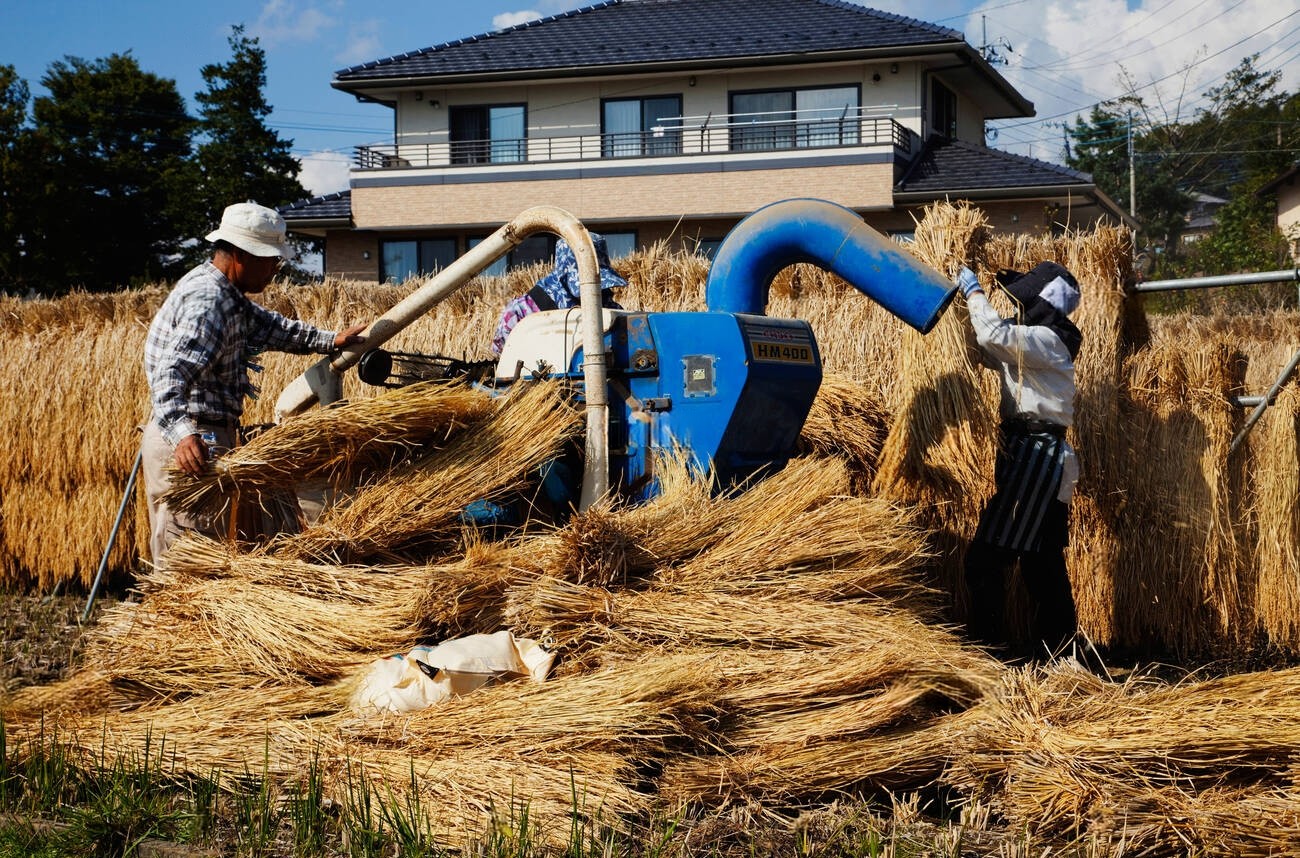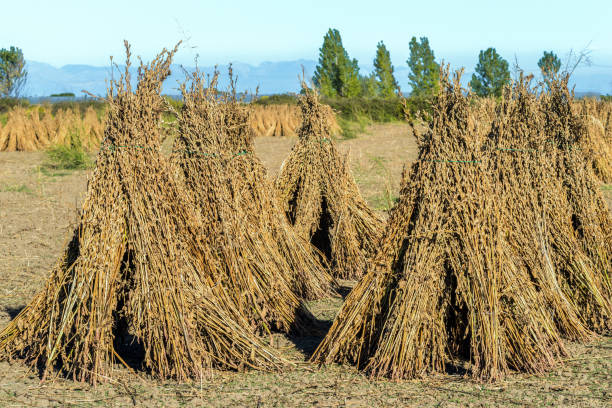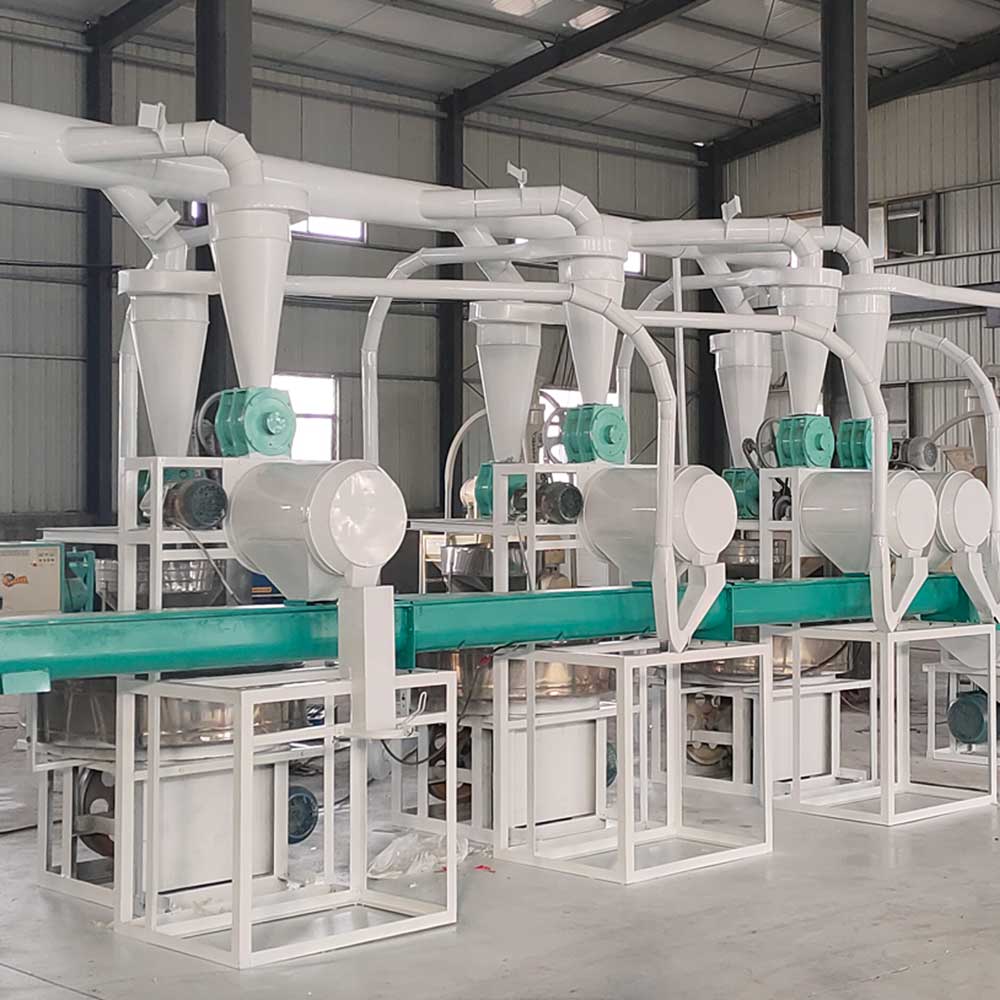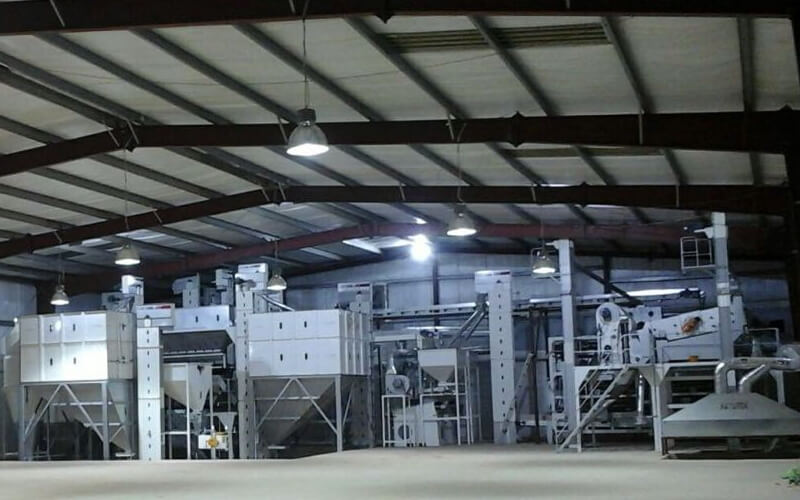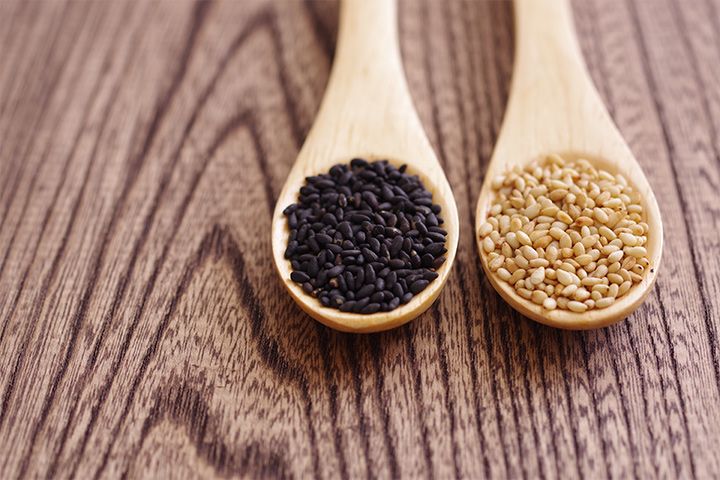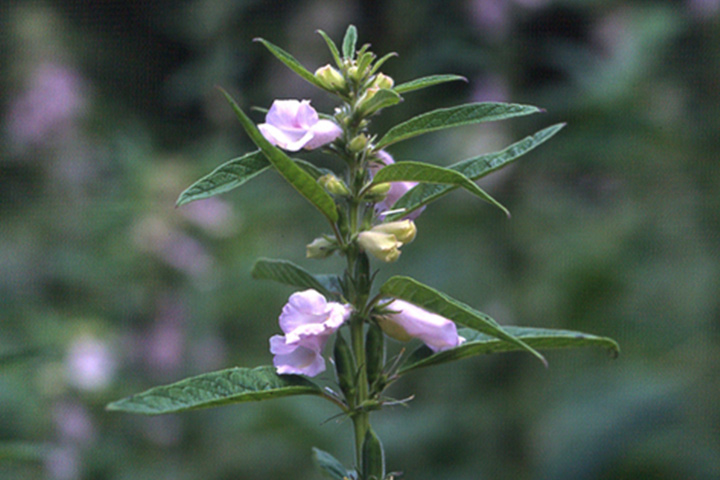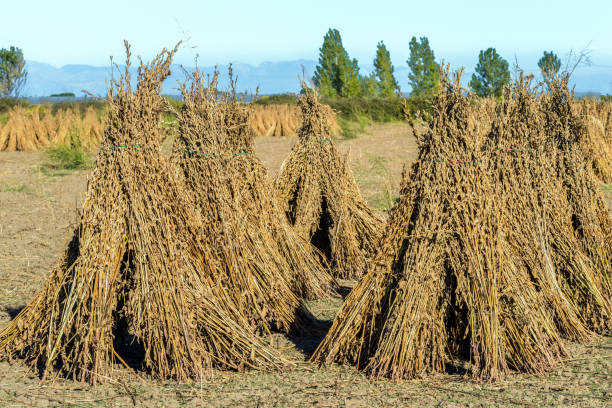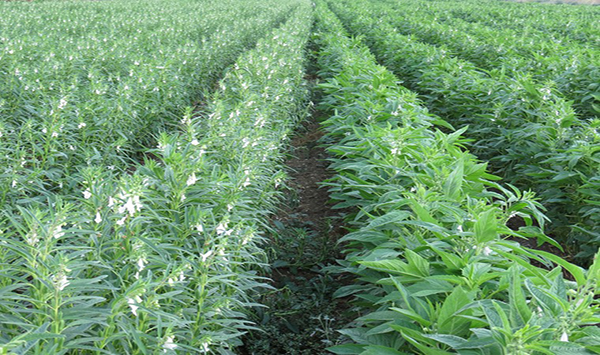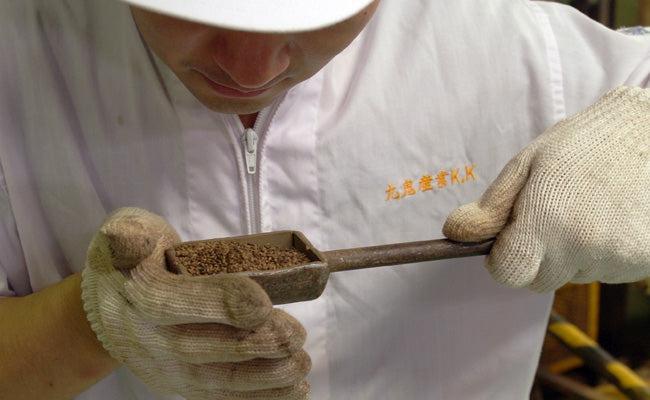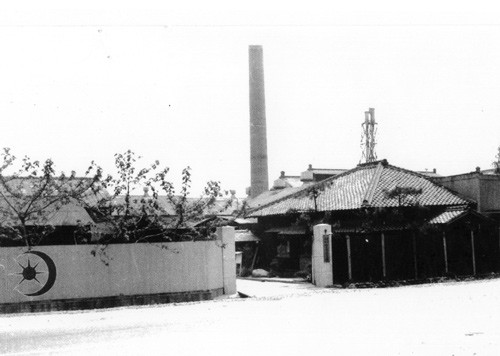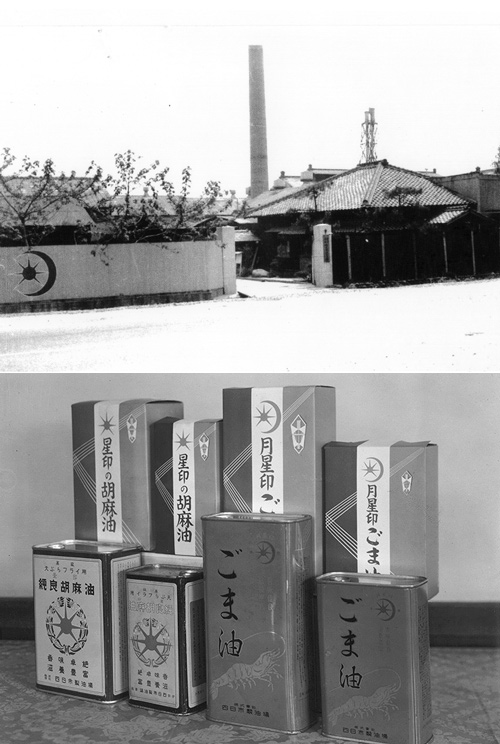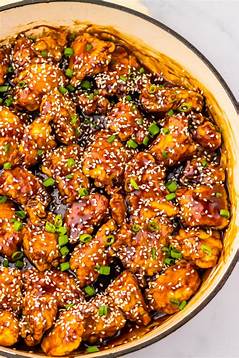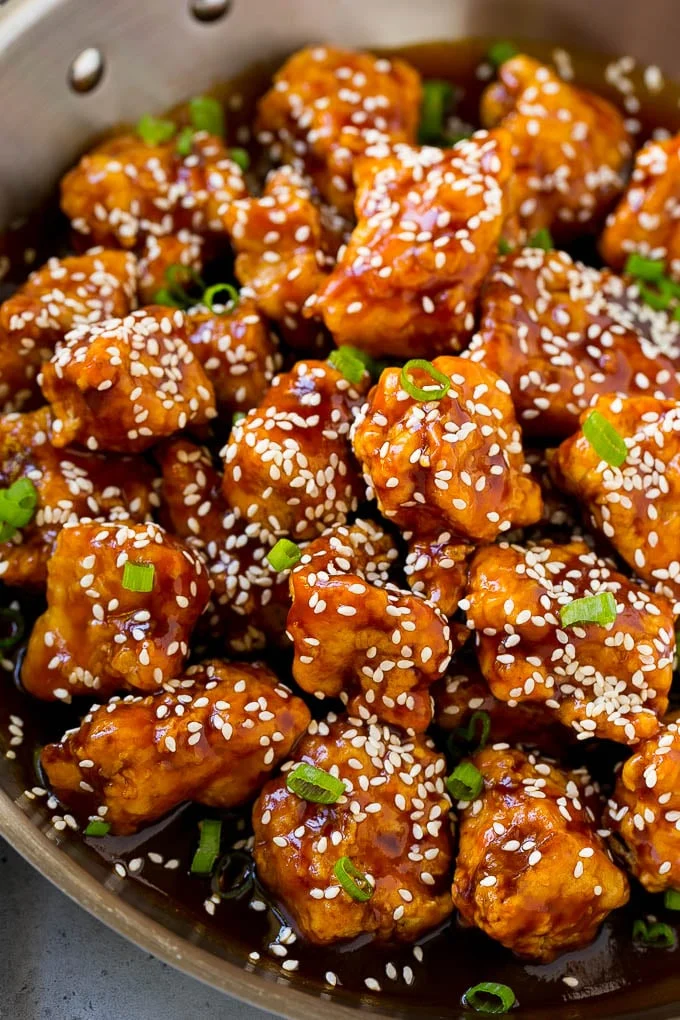ABOUT
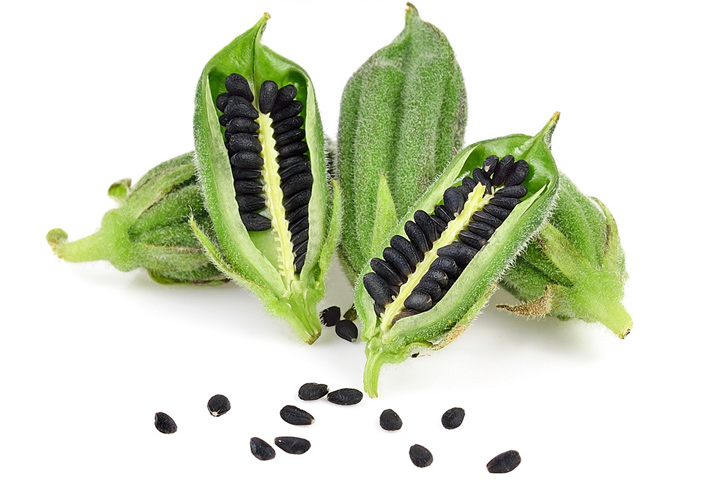
Goma is used in a wide variety of foods, not only in Japan, but also in Chinese and Western cuisine. This includes cookies and other confectionery sweets, to more savory foods such as hamburgers and pastas. However, this universal player “Goma” actually originates from the tropical African Savanna Zones. Sesame, which in its scientific name is referred to as Sesamum indicum L., was cultivated in India since ancient times and in the past was considered to be its origin. Presently however, the African Savanna Zones, which contain many wild sesame species, is said to be the true place of origin. Researching the history of sesame cultivation, records show it was cultivated in the Nile River basin more than 3,000 years ago, and was used in Egypt as cooking oil, kerosene, and as a super food that boosted vigor and vitality. Before long, it is believed that sesame eventually was transferred from ancient Egypt to Europe and Asia.
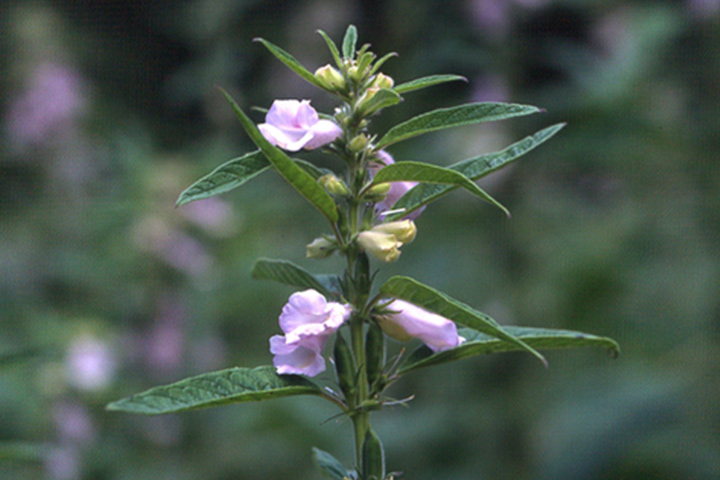
OUR PRODUCT
SESAME SEED
SESAME SEED PASTE
BENEFITS
SESAME LIGNAN: UNIQUE ANTIOXIDANT
Vitamins: Rich in many vitamins including B vitamins for metabolism and vitamin E for antioxidants. Minerals: Contains calcium, iron, magnesium, phosphorus, selenium and more. Dietary fiber (about 10%): Contains mostly insoluble dietary fiber. Sesame lignan (approx. 1%): A unique trace component only found in sesame seeds.
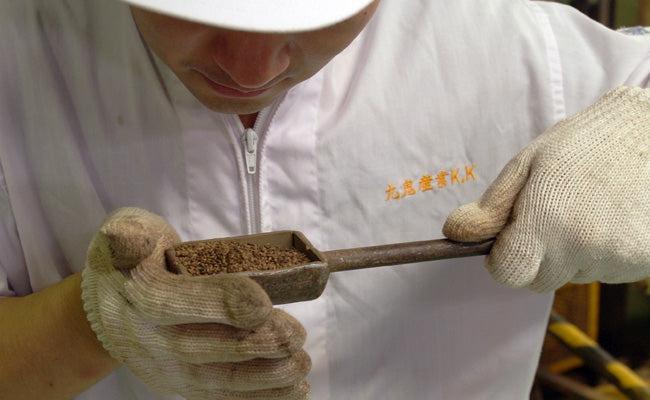
WONDERFULLY DELICIOUS SUPERFOOD
Recently, multiple studies have been published revealing the secret power of sesame seeds. The key discovery we want to focus in on is “Sesame Lignan”. Sesame Lignan is a powerful antioxidant thought to only be contained in sesame seeds.
Sesame Seeds: An Excellent Source of Nutrition
Since ancient times sesame seeds were referred to as “the secret medicine of perpetual youth and longevity” and are known to be a superfood full of nutrition. They are packed full of various essential nutrients. Sesame seeds are comprised of about 20% protein, similar to soybeans which is known in Japan as being the “Meat of the Fields”. They contain high-quality protein as well as many essential amino acids.





